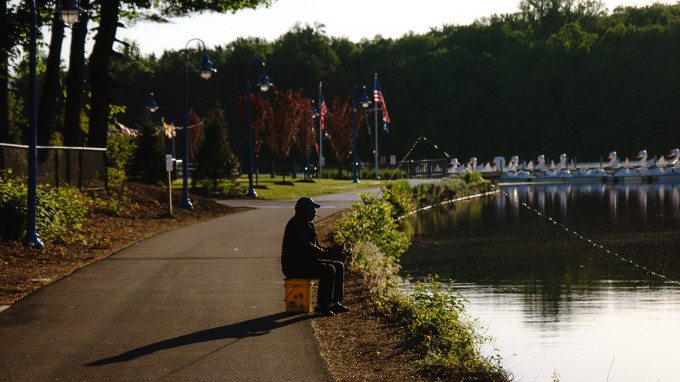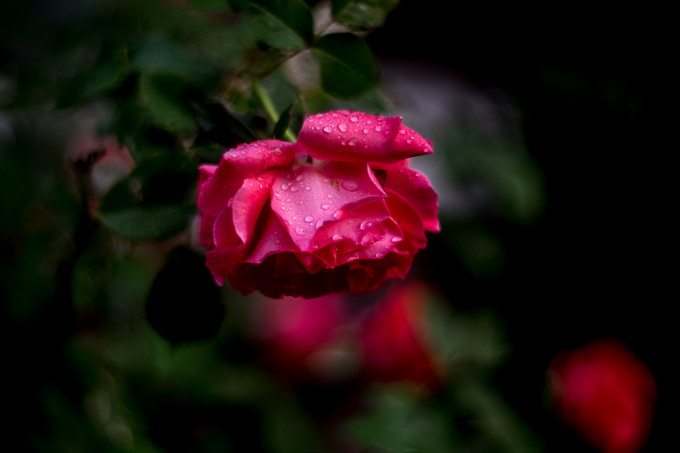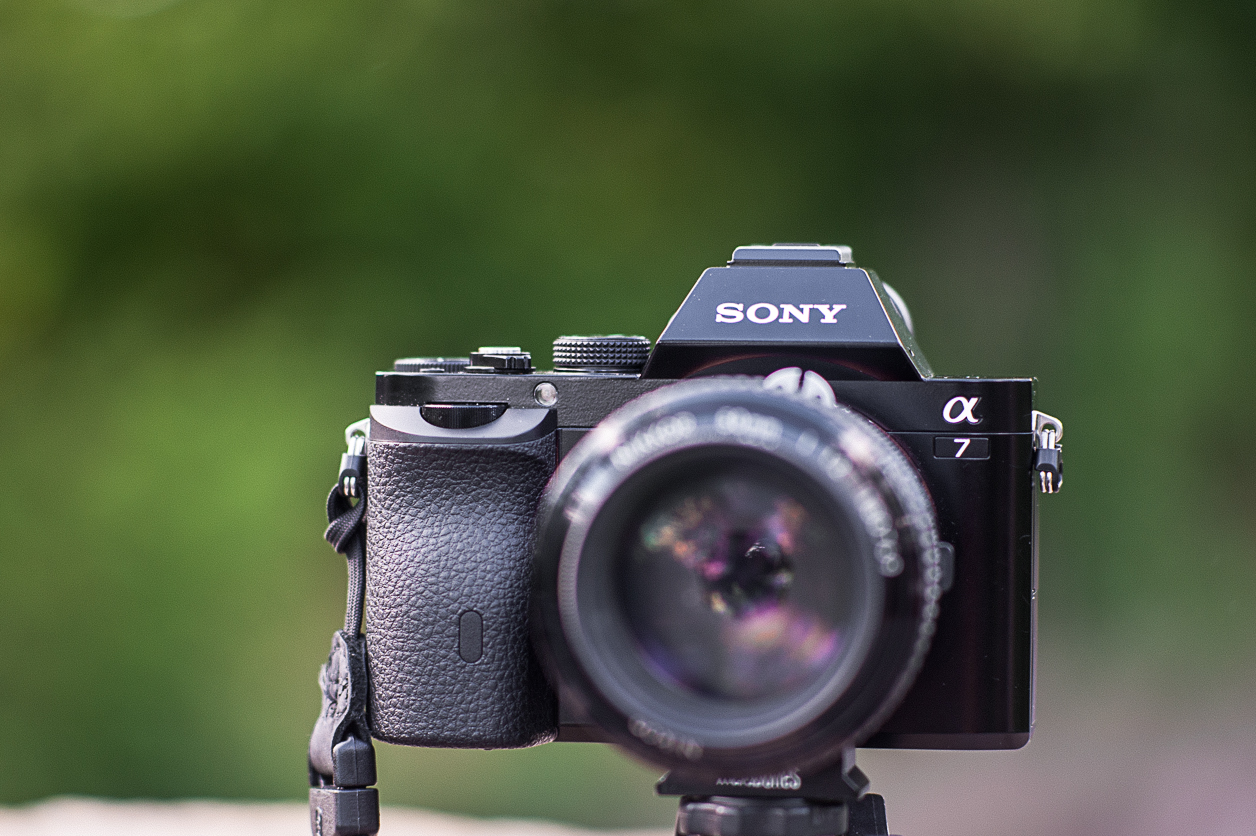Last Updated on 06/09/2014 by Gevon Servo
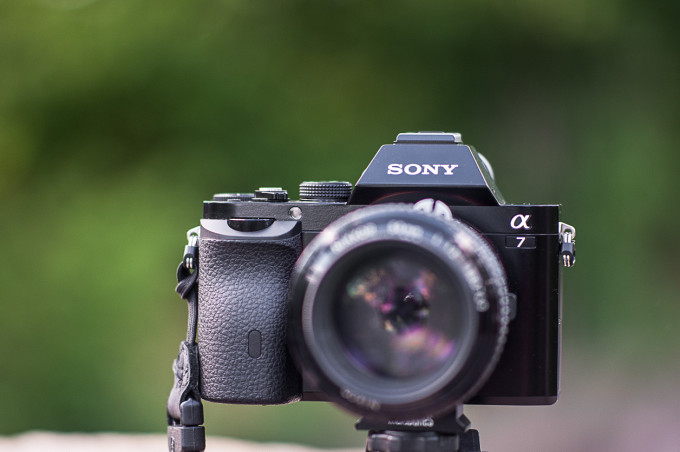
While I did not sell everything for my Sony A7, owning it is a paradigm shift for me. Ever since I first got a preview of the Sony A7 at PhotoPlus 2013, it has been on my radar. It got our Editor’s Choice award when we reviewed it, and it was the only mirrorless camera that ever truly piqued my interest. I wondered, is the A7 a viable camera for portraits,weddings, and other styles of photography? Well after all that thought and a price decrease from Sony, I picked up an A7 with a 28-70mm kit lens. A few people had to pick up their jaws from the ground, so I figured I would explain my purchase.
Everything I was looking for
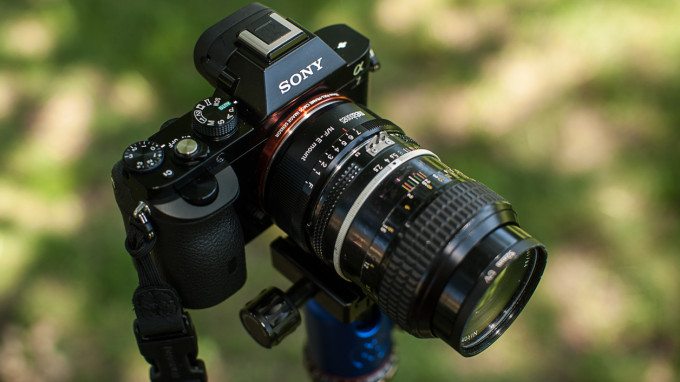
One day I put down everything I wanted in a new camera: I wanted a full frame sensor, I wanted it to be mirrorless, and I wanted to be able to use my current lenses. Nikon had released a mirrorless camera with its 1-series, but it had a tiny sensor. I also would have to use an adapter with it for my F-mount lenses–though now I have to do the same thing with the Sony A7. When it came out, my interest was piqued. The camera fit my criteria and seemed to be using a sensor similar to the Nikon D600.
What I Like & Dislike about the A7
Likes
- The focus peaking is wonderful. It made me fall in love with some of my Nikon Ai lenses all over again.
- I like the way the Sony A7 meters with adapted lenses.
- The WiFi on the Sony A7 is very capable and saves you the cost of having to buy a remote control. It also works better than an EyeFi card at times.
Dislikes
- The battery life is questionable. I dealt with it by buying two extra batteries for the long days.
- You cannot change the minimum shutter speed for the A7. Its default is 1/60 of a second. On A camera , like my D700, when you set auto ISO you can sen the minimum shutter speed.
Tech Specs
Courtesy of the B&H Photo product listing:
- 24.3MP Full Frame Exmor CMOS Sensor
- BIONZ X Image Processor
- Direct Compatibility with E-mount Lenses
- 3.0″ Tiltable TFT LCD with 1,229K-Dots
- 2.4M-Dot OLED Electronic Viewfinder
- Full 1080/60p with Uncompressed Output
- Fast Hybrid Autofocus; 5 fps Burst Rate
- Built-In Wi-Fi and NFC
- Multi-Interface Shoe
- Direct Access Interface
The Adapters I Used
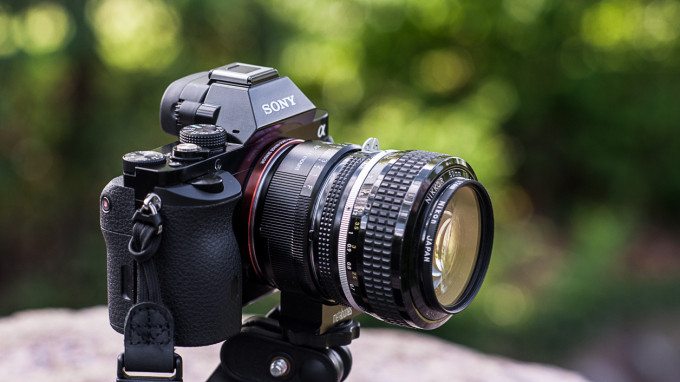
At first I was hesitant about using an adapter on a camera. However, over time that changed. I had bought a used Olympus E-P1 previously, and one day while on the internet I found a cheap little adapter, the Fotga. It allowed me to use my nikon lenses on a Micro Four Thirds camera, which was a pleasant experiment. Then I reviewed the Panasonic GX7 with the same Fotga adapter and the concept had truly been proven.
I researched and learned of the Metabones adapter for E-mount cameras. From what I read it was supposed to work very well. It meant that I could use the huge amount of Nikon lenses in my collection on the Sony A7, but it also meant that a majority of the time I would have to focus manually. It seemed worth it, though.
Size Matters
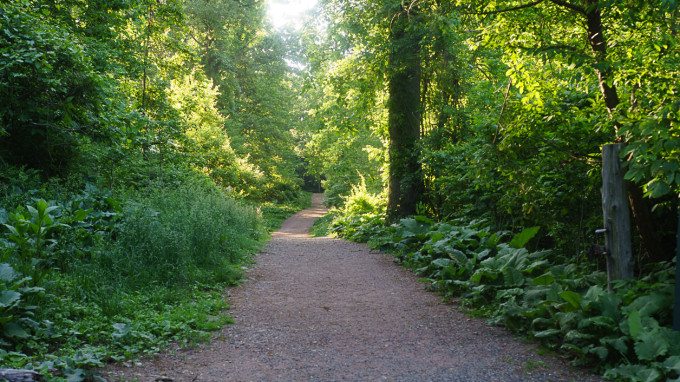
I have reached an interesting point in my photography life, a point where I soon may have to start traveling a bit more. Carrying my D700 around was never really an issue, but it would be nice to work with a smaller camera at times. With the Sony A7, I now have a camera that I can carry in a smaller bag or just on a strap. When I am in New York City with friends, or just having long days of photography, my Nikon D700 does get too big and heavy at times. When I worked with the Nikon Df, I certainly appreciated the smaller size. For the longest time I defended big cameras, but what I was really defending was the quality of the full frame sensor. It is my preference.
The Cost Factor
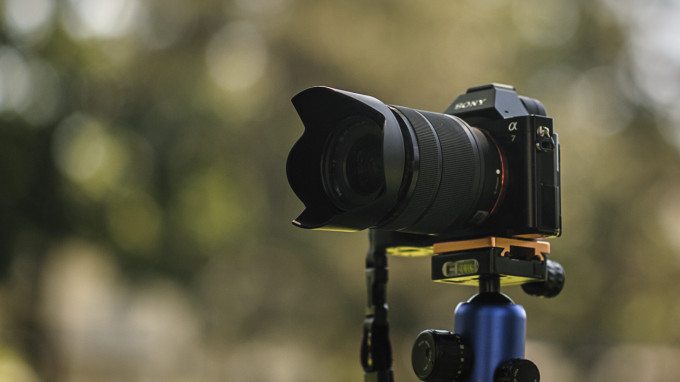
When the cost of the Sony A7 was reduced, it hit that sweet spot. For the work I do here on The Phoblographer, this camera was the right fit. Another selling point for me was the ability to use my Nikon lenses. The Metabones adapter made it possible for me to have that added flexibility. Not having to invest in lenses was the biggest part of my decision to buy the A7. I also get to eventually fulfill a dream and own a Leica lens.
I also got the kit lens with the camera just to have something on those days where autofocus is needed. I learned that when shooting manual focus all the time, as soon as the weather breaks, I head back to an AF lens. You can then hold an umbrella and still get the occasional shot.
The A7 as a Travel Camera
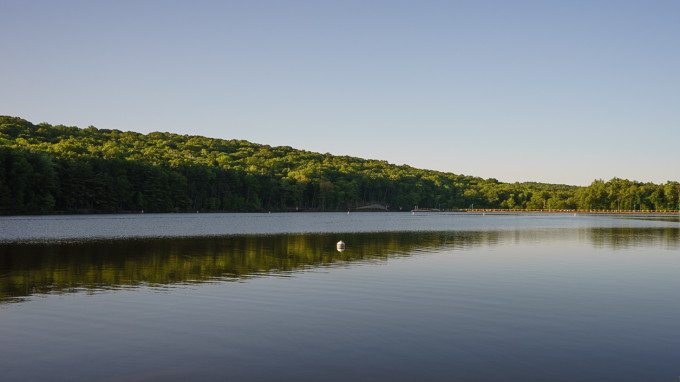
One of my biggest deciding factors is the possibility of travel. Travel has become a little more dangerous for those carrying photography gear lately. Airlines sometimes a complete disregard for the passengers’ possessions, and luggage doesn’t always make it to its intended destination. These are things that I kept in mind. It has been proven that a photographer can travel with one lens and one camera, and I intend to do that at times. If I really want to lower the footprint of the camera, I just put my Nikon 50mm 1.8e on it, and everything is good.
Flexibility
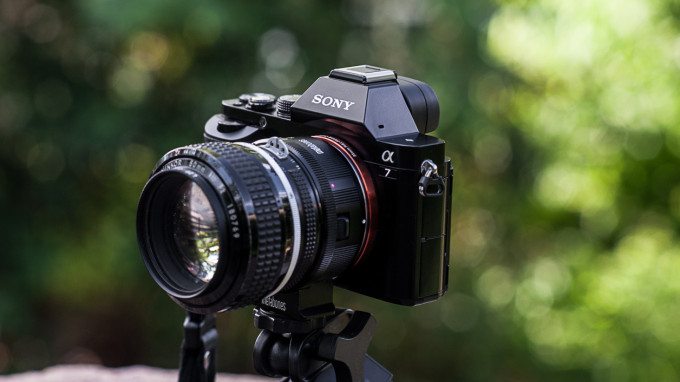
I could have stuck to my guns or bend like a reed in the wind. I chose to bend. Technology, including photography gear, is always changing. I have to change with it. Nikon does not seem to be catching up to the likes of Sony at the moment, and I have to go with what is right for the direction of my photography. I tried to wait for Nikon, I really did, but they did not release a product that met with my mobile needs. The Sony A7 is everything I wished the Nikon Df would be.
Sample Images
